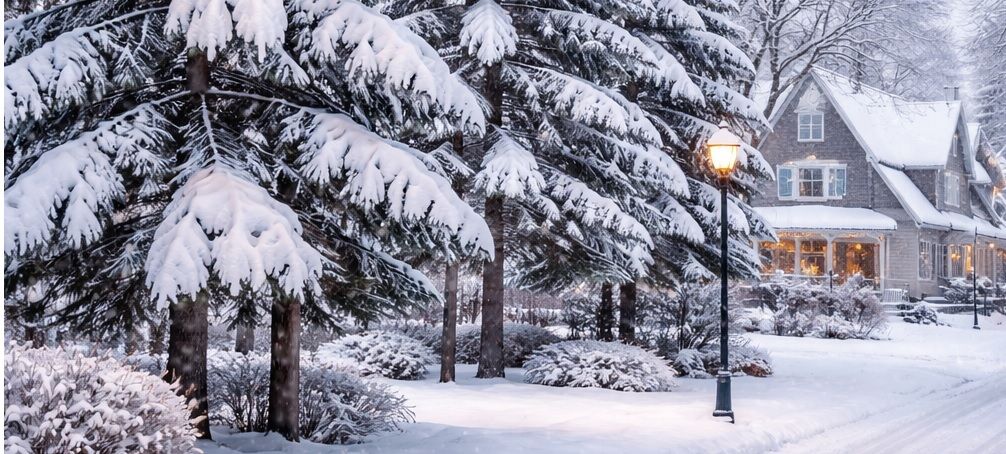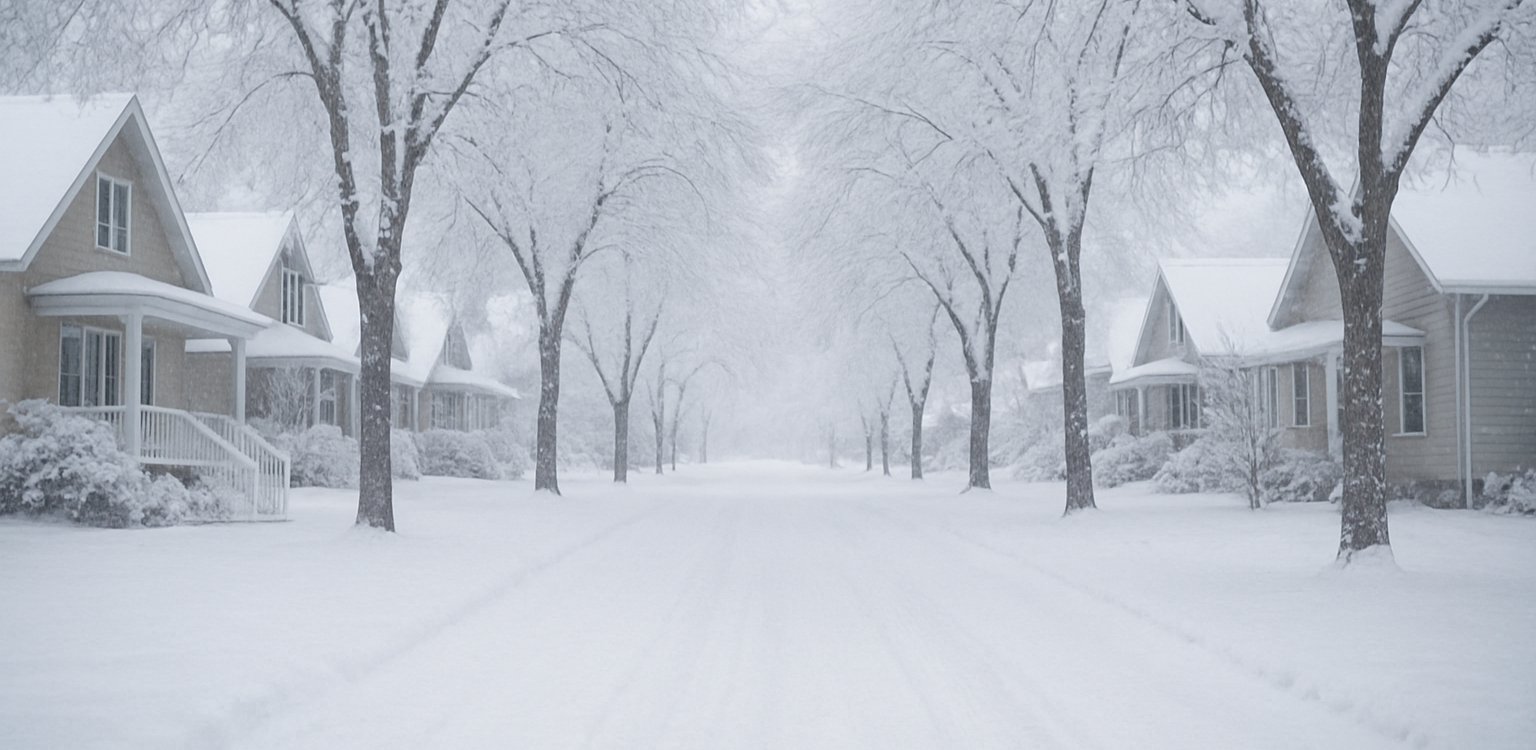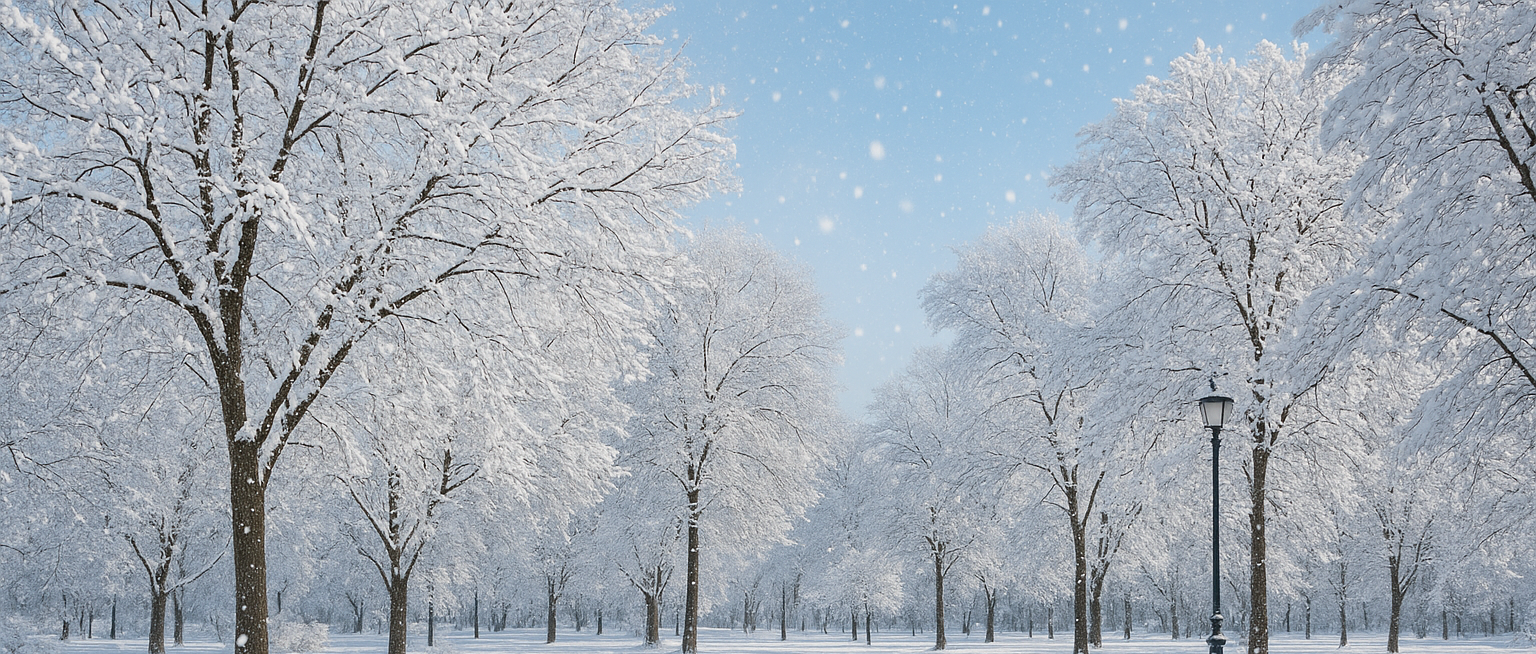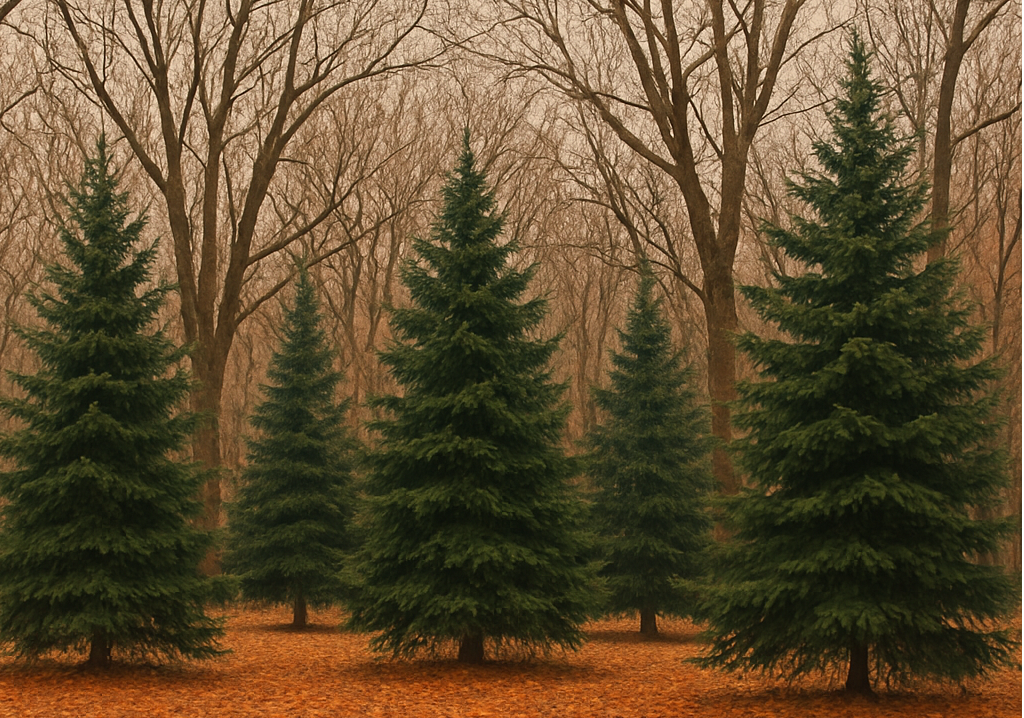The Lifespan of Common Tree Species:
Trevor Soltys & Paul Kasper
🌳 Insight into the Longevity and Care Needs of Popular Trees in Winnipeg
~ Winnipeg’s urban forest is more than just a backdrop to prairie life—it’s a living legacy of resilience, beauty, and biodiversity. From the towering bur oaks of Assiniboine Park to the hardy spruces lining suburban streets, each tree species tells a story of survival in one of Canada’s most extreme climates. Understanding the lifespan and care needs of these trees isn’t just for arborists—it’s essential knowledge for homeowners, gardeners, and anyone who wants to invest in a greener future.
🌲 Prairie-Proof Evergreens
Winnipeg’s evergreens are built to withstand frigid winters, dry summers, and gusty prairie winds. Two standouts in this category are the White Spruce and Eastern White Cedar.
• White Spruce (Picea glauca)
Lifespan: 200+ years
Care: Adaptable to most soils, prefers full sun. Water during droughts and monitor for spruce budworm.
These trees offer year-round greenery and are excellent for windbreaks and wildlife shelter.
• Eastern White Cedar (Thuja occidentalis)
Lifespan: Up to 400 years
Care: Thrives in moist, well-drained soil. Prune to maintain shape and prevent snow damage.
Their dense foliage makes them ideal for privacy hedges and winter interest.
🍁 Deciduous Stalwarts
Deciduous trees bring seasonal drama to Winnipeg’s landscape, from spring blossoms to autumn color. Some of the most iconic include:
• Bur Oak (Quercus macrocarpa)
Lifespan: 200–300 years
Care: Drought-tolerant once established. Needs space to grow and benefits from deep watering during dry spells.
Known for its massive acorns and rugged bark, the bur oak is a symbol of strength and longevity.
• Manitoba Maple (Acer negundo)
Lifespan: 30–60 years
Care: Fast-growing but prone to storm damage. Regular pruning helps manage its shape and health.
Also known as box elder, this tree is common but often underappreciated. It’s great for quick shade but needs attentive care.
• American Elm (Ulmus americana)
Lifespan: 100–200 years (if disease-free)
Care: Requires monitoring for Dutch elm disease. DED-tolerant cultivars like ‘Brandon’ and ‘Prairie Expedition’ are recommended.
Once devastated by disease, elms are making a comeback thanks to resistant varieties.
🌸 Smaller Trees with Big Personality
Not every yard can accommodate a towering oak or spruce. Luckily, Winnipeg’s smaller trees offer charm, ecological benefits, and manageable care routines.
• Saskatoon (Amelanchier alnifolia)
Lifespan: 30–50 years
Care: Prefers well-drained soil and full sun. Produces edible berries and attracts pollinators.
A favorite for edible landscaping, Saskatoons are both beautiful and functional.
• Wild Plum (Prunus americana)
Lifespan: 20–40 years
Care: Needs good air circulation and pruning to prevent disease. Offers fragrant spring blooms.
These trees add seasonal interest and are great for wildlife gardens.
• Common Chokecherry (Prunus virginiana)
Lifespan: 20–40 years
Care: Suckering growth habit requires management. Thrives in full sun and well-drained soil.
Its antioxidant-rich berries and role as a larval host make it ecologically valuable.
🌿 Tree Wisdom: Tips for Longevity
Winnipeg’s climate poses unique challenges, but with the right care, trees can thrive for generations. Here are some essential tips:
• Mulch Smartly: A layer of mulch helps retain moisture and insulate roots—especially crucial during freeze-thaw cycles.
• Water Deeply: Young trees need consistent watering; mature trees benefit from occasional deep soaks.
• Prune Regularly: Remove deadwood and shape trees to prevent storm damage and disease spread.
• Choose Wisely: Opt for native or disease-resistant species to reduce maintenance and increase survival odds.
🌾 Planting for the Prairie Future
In Winnipeg, trees are more than decoration—they’re part of the city’s identity. Whether you’re planting a single sapling or stewarding a mature canopy, your choices shape the future of the urban forest. By selecting species suited to Manitoba’s climate and tending them with intention, you’re not just planting a tree—you’re planting a legacy.
So next time you walk through your neighborhood or plan your garden, take a moment to appreciate the quiet endurance of Winnipeg’s trees. They’ve weathered storms, shaded generations, and stood as silent witnesses to the city’s evolution. With care and foresight, they’ll continue to do so for centuries to come.







